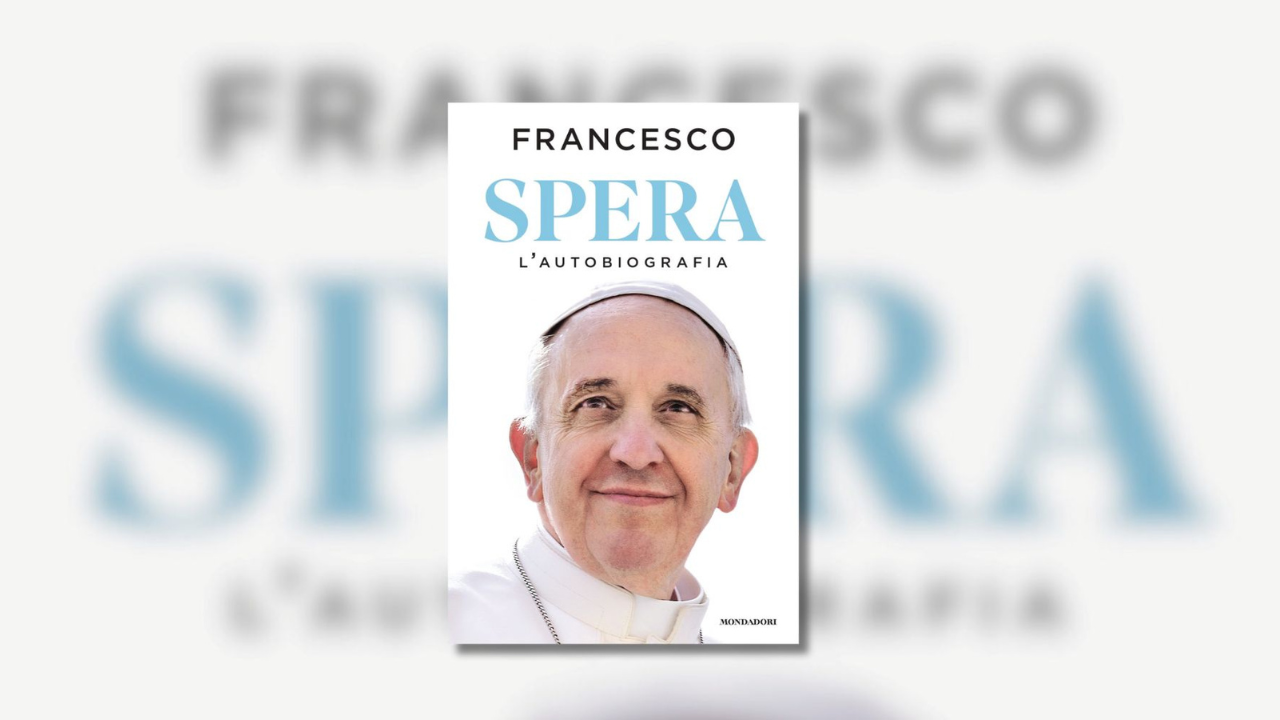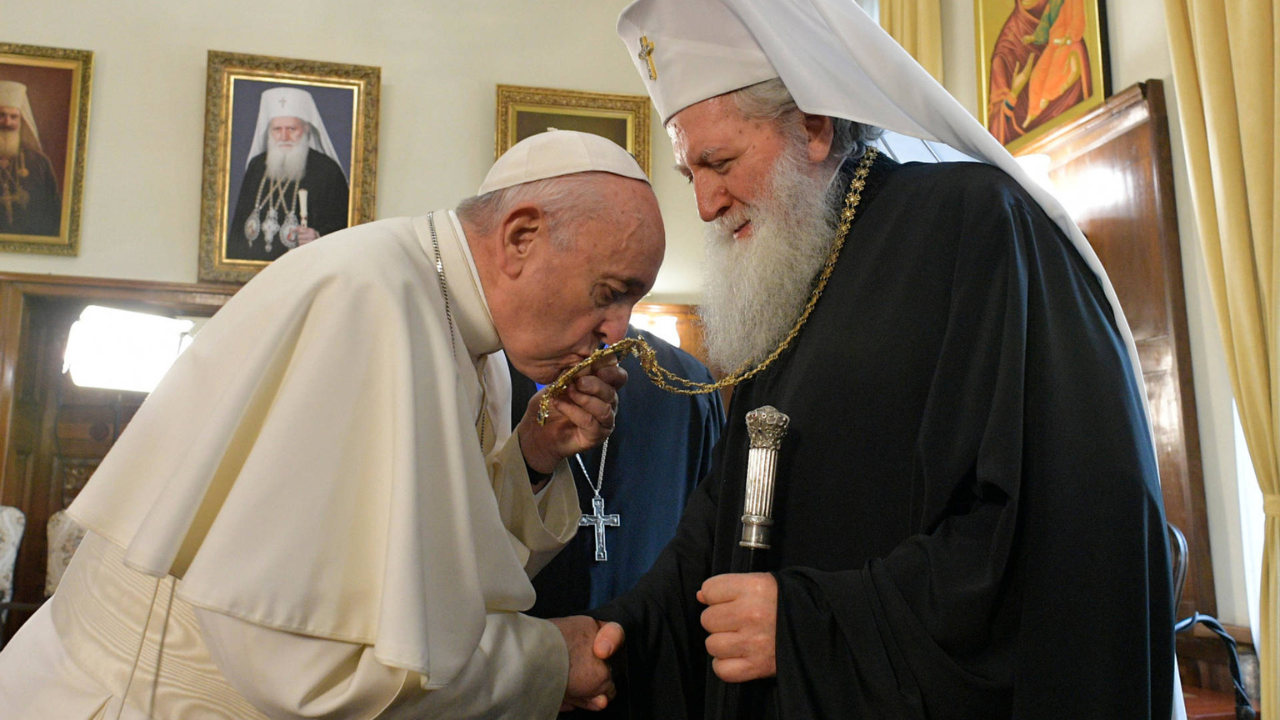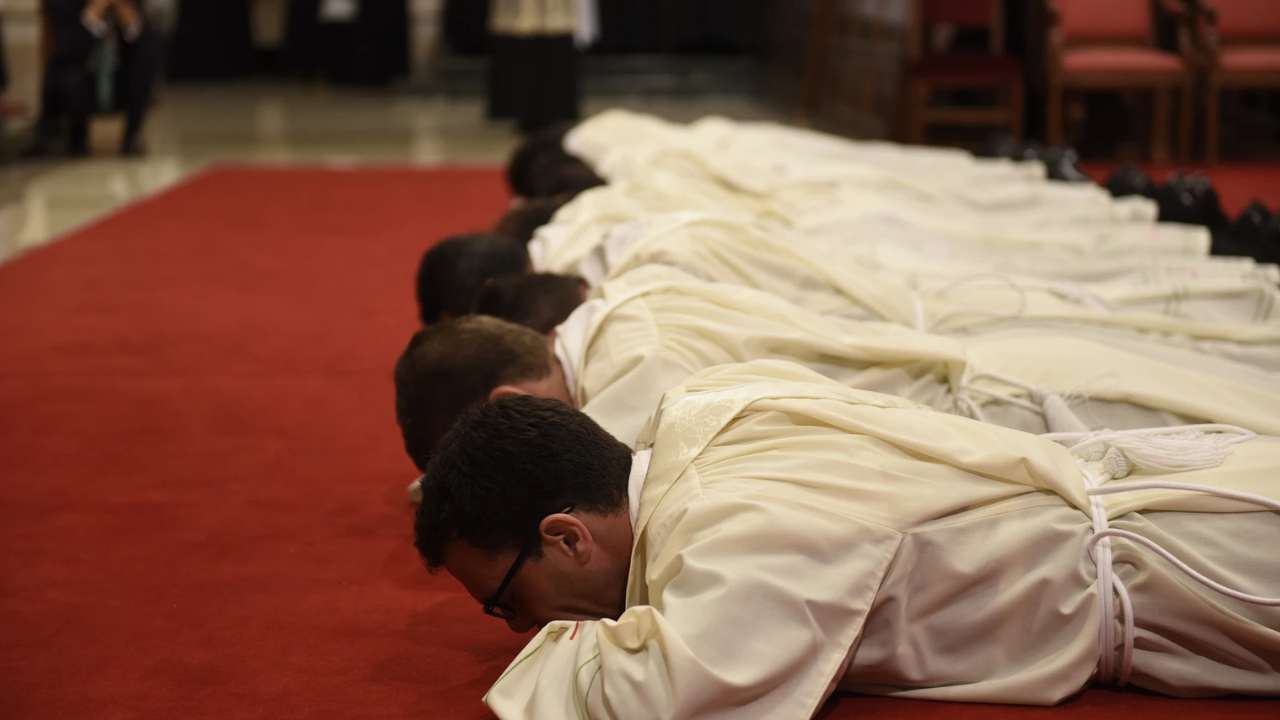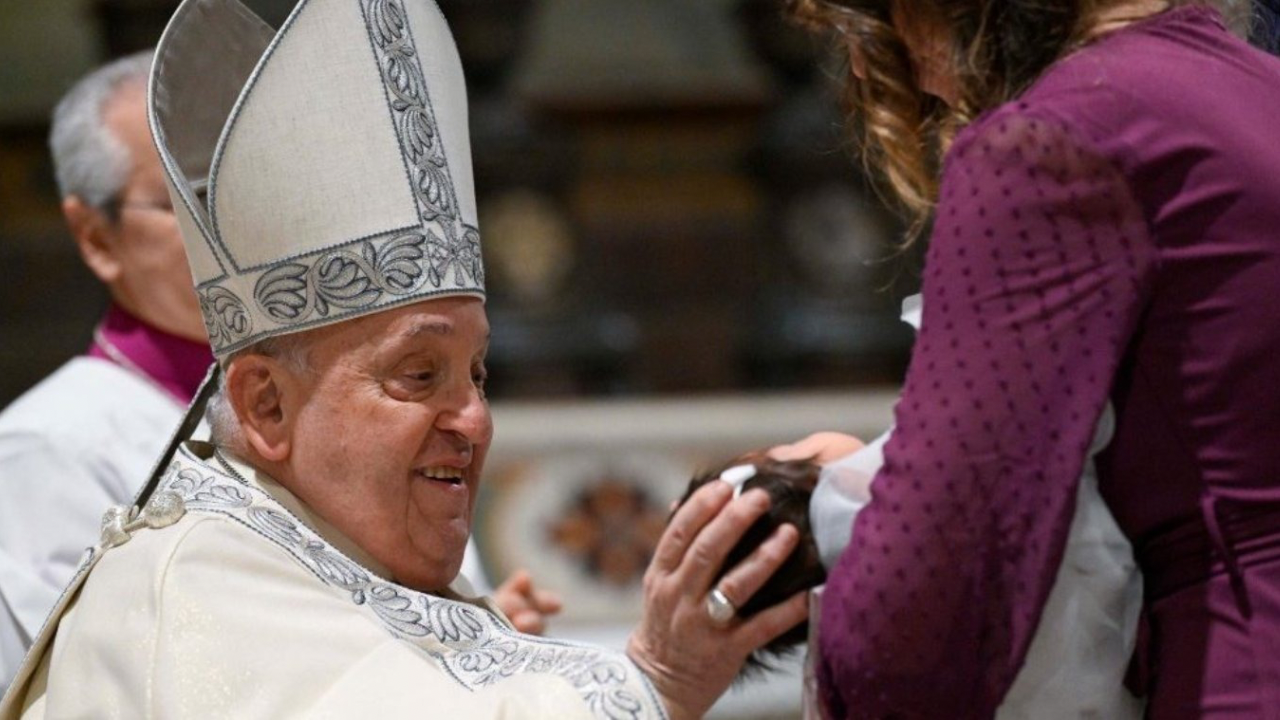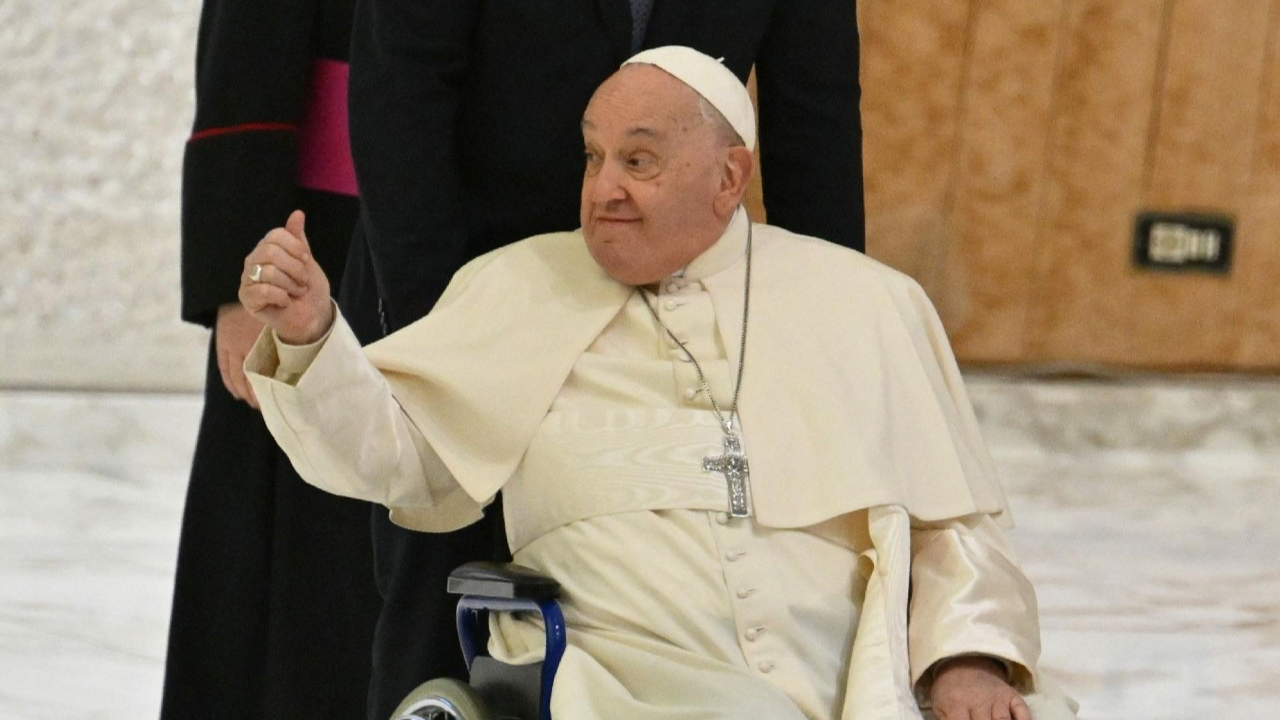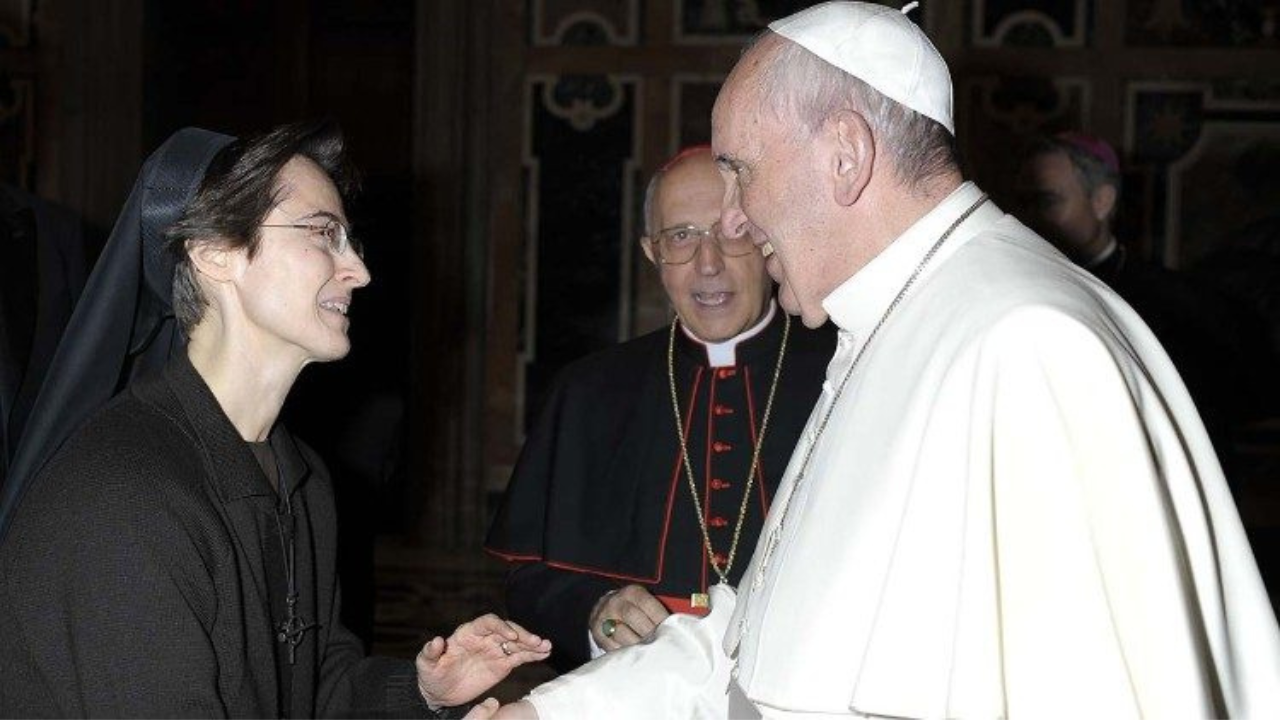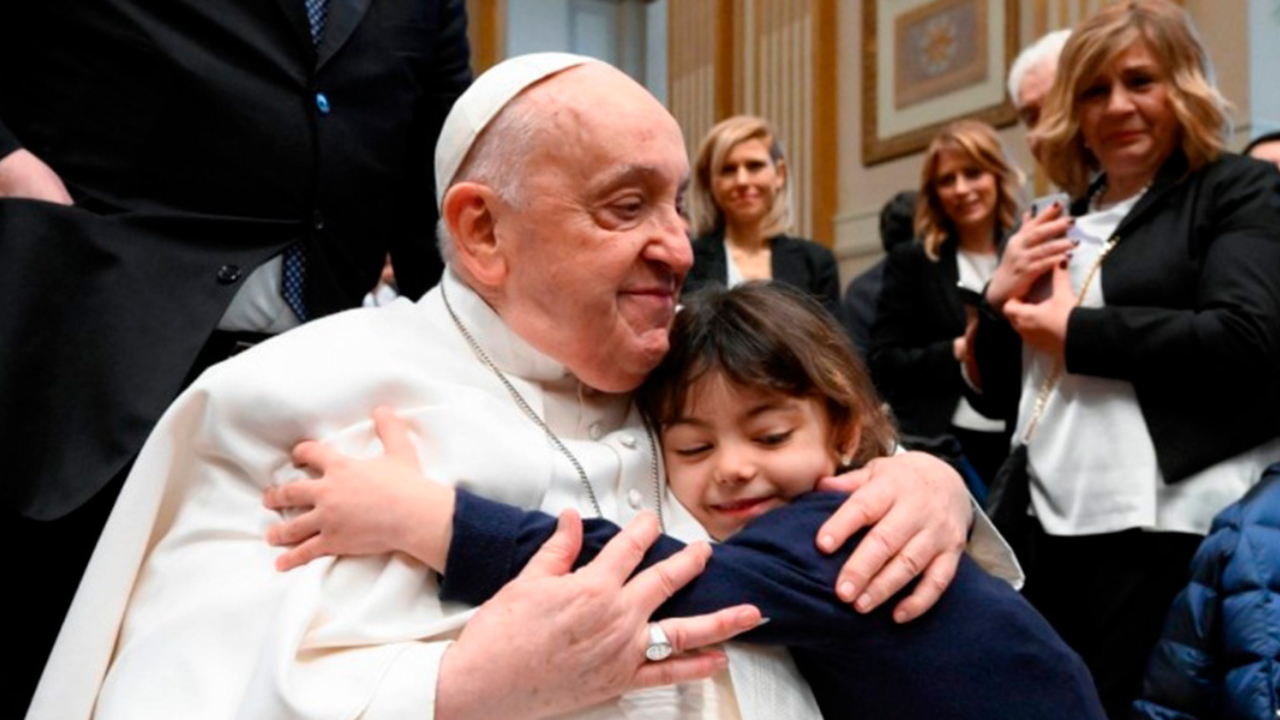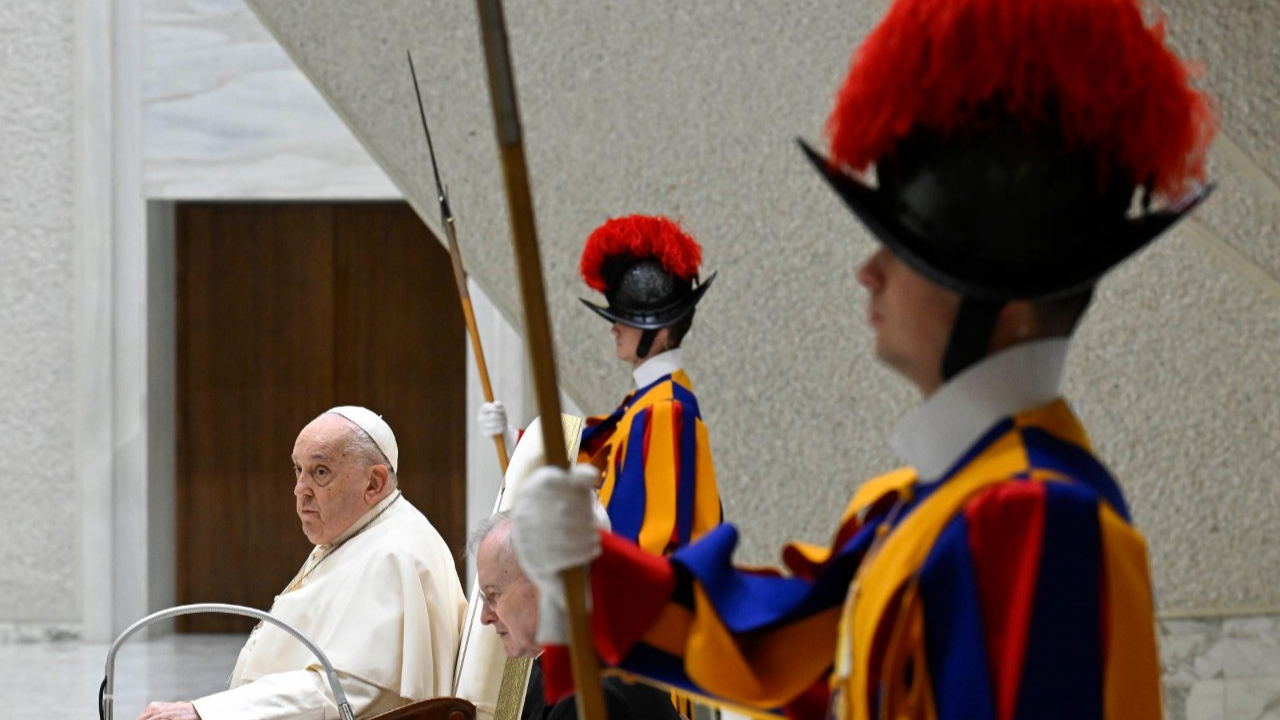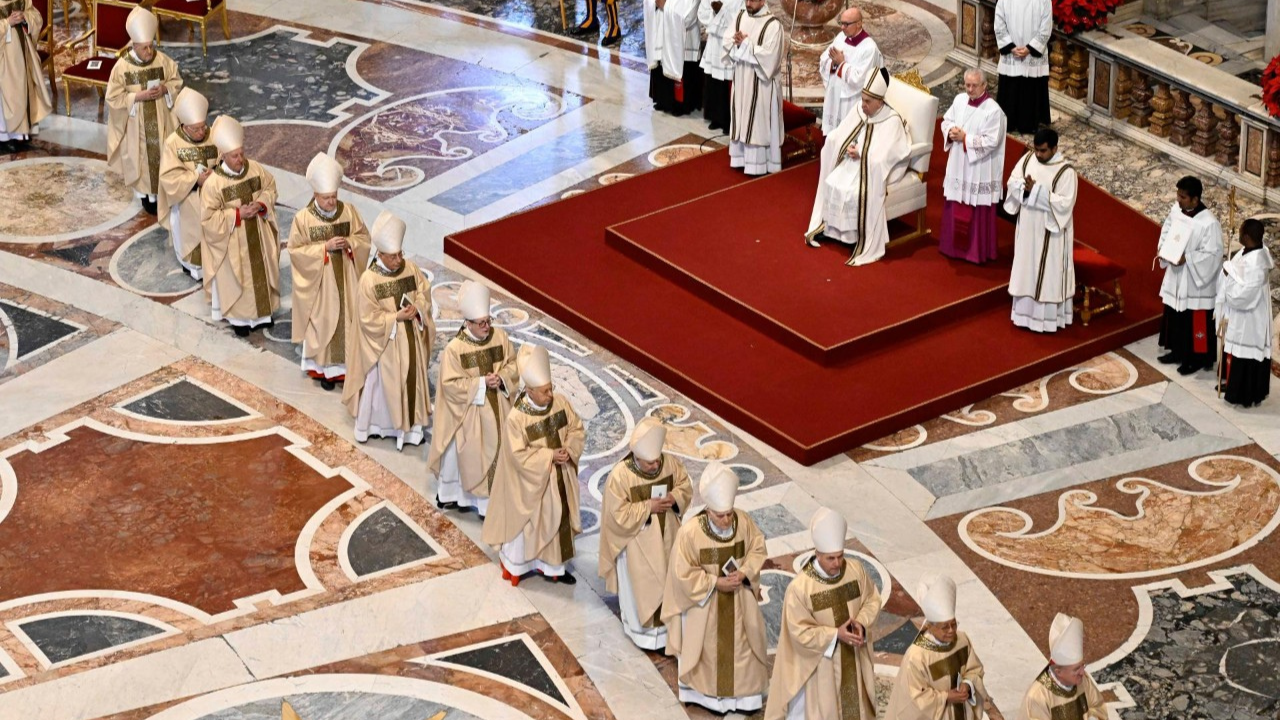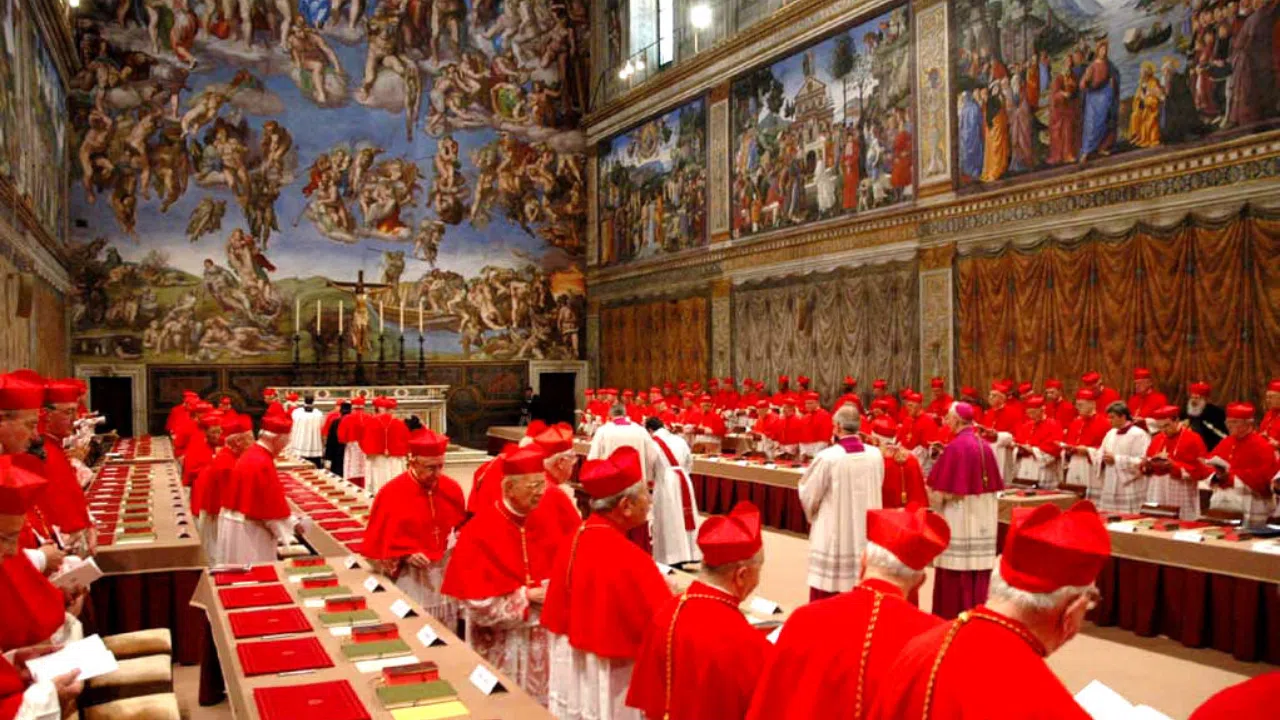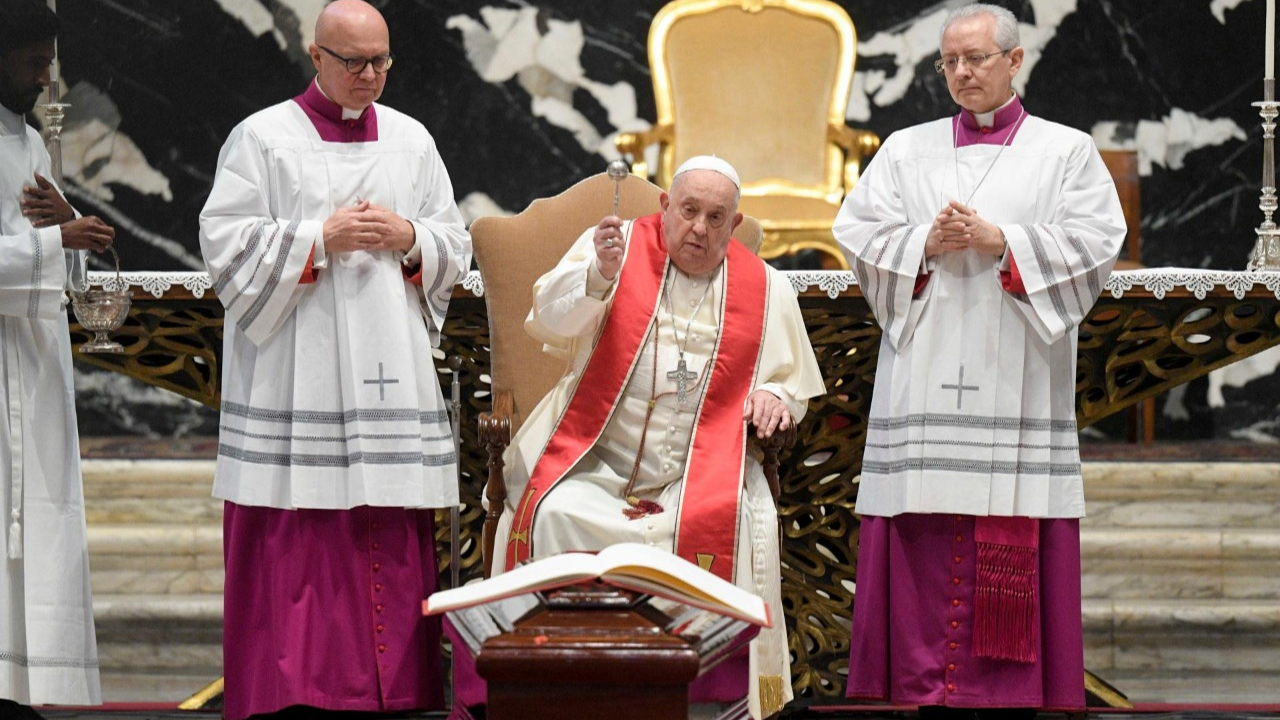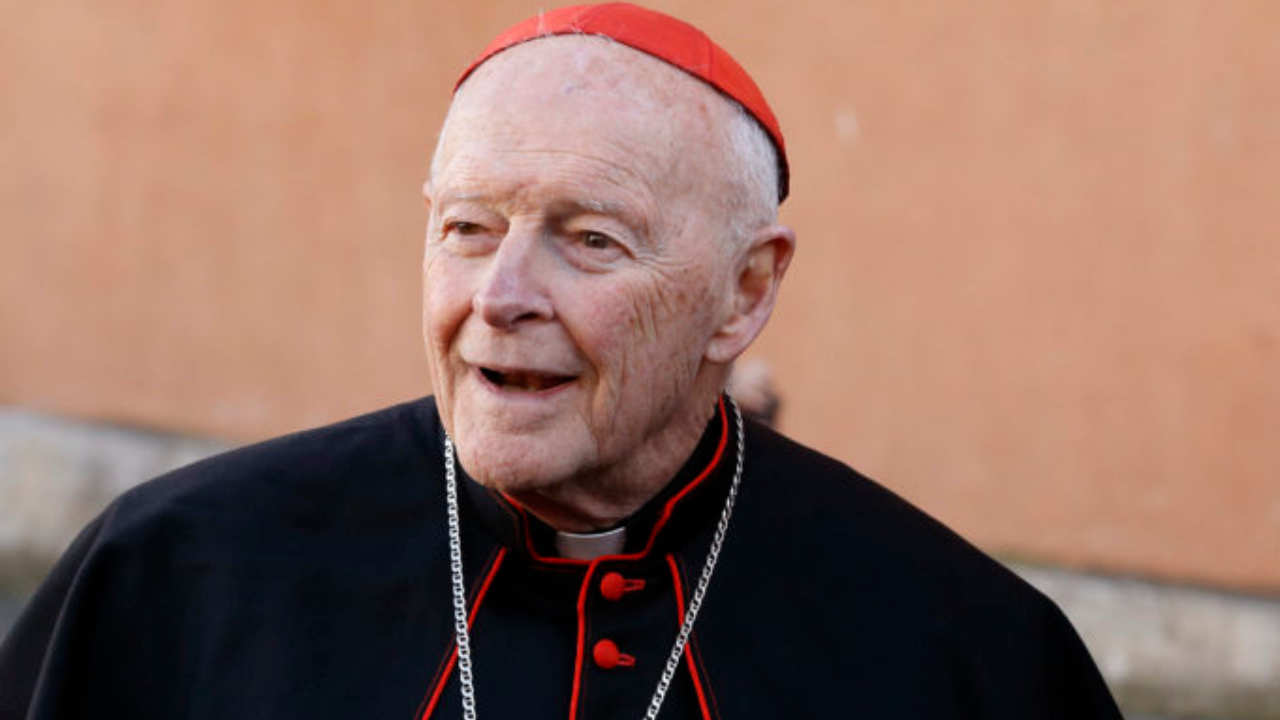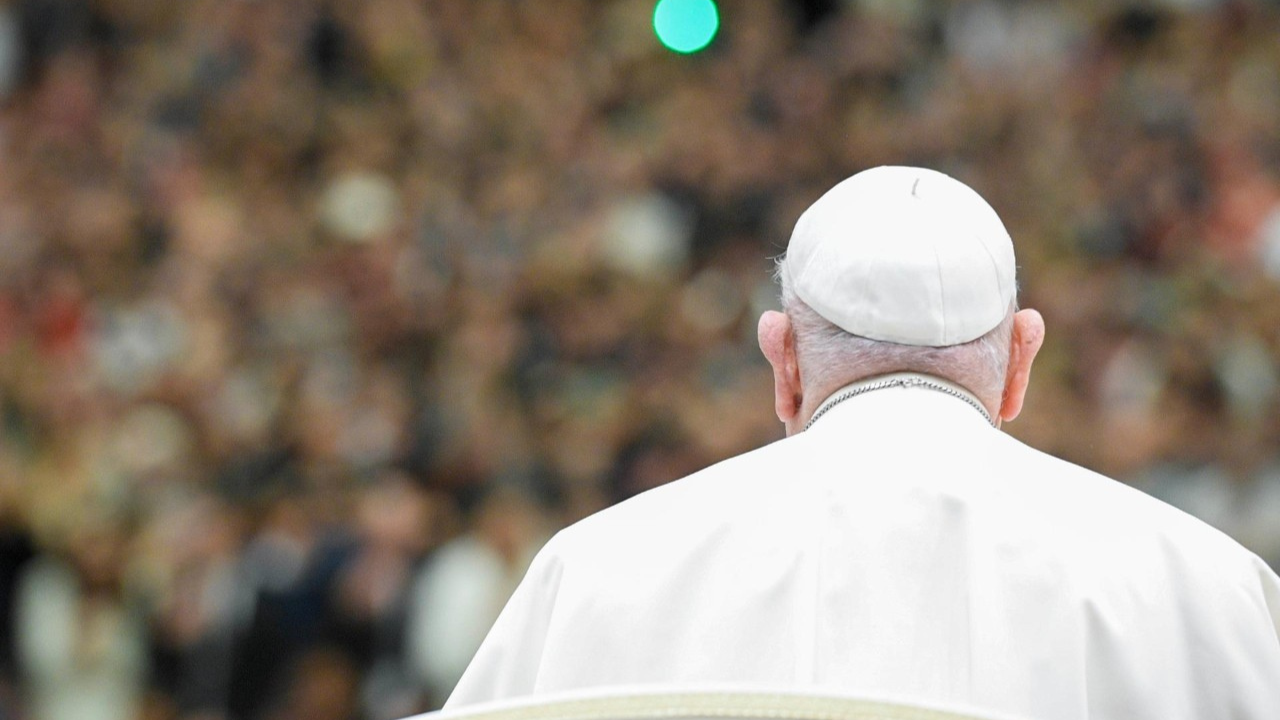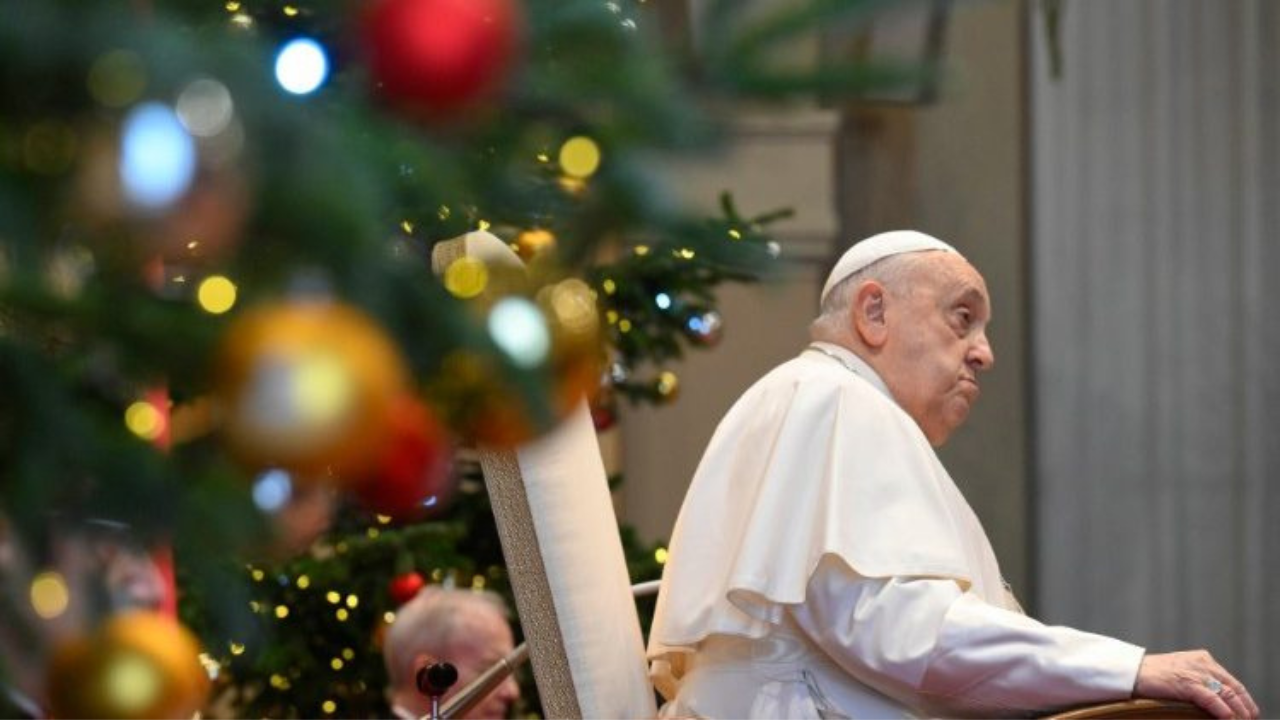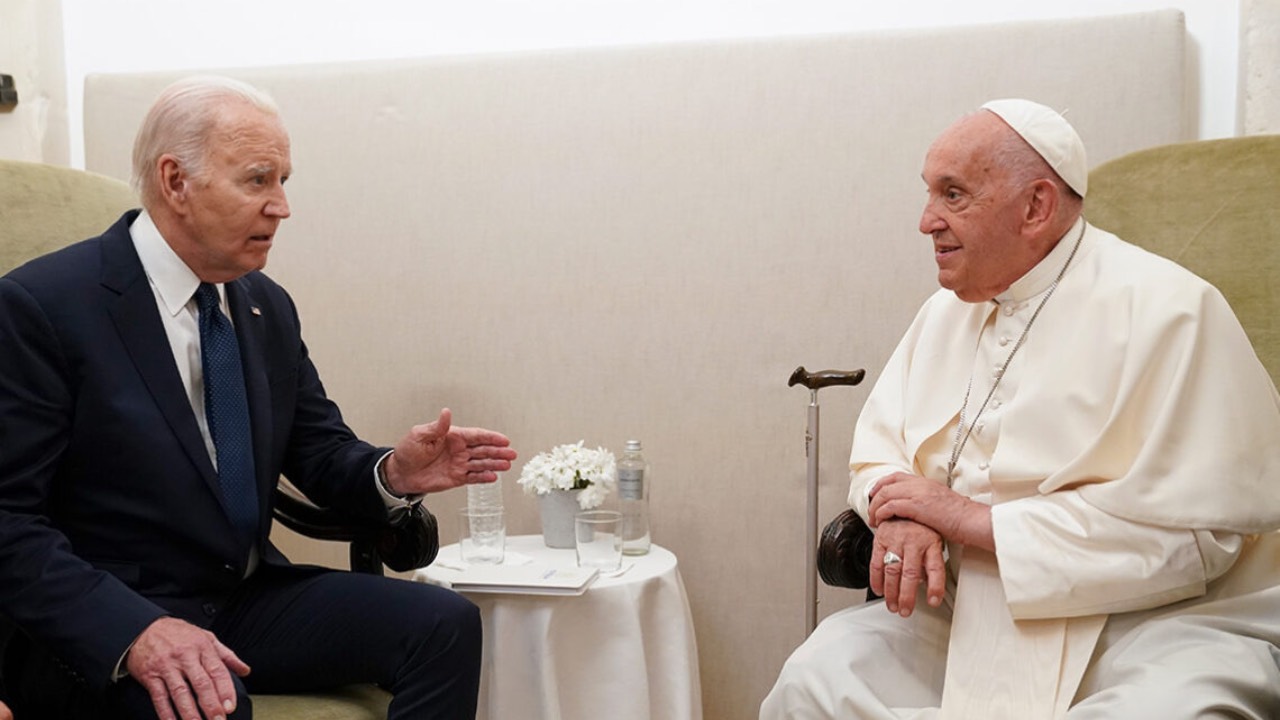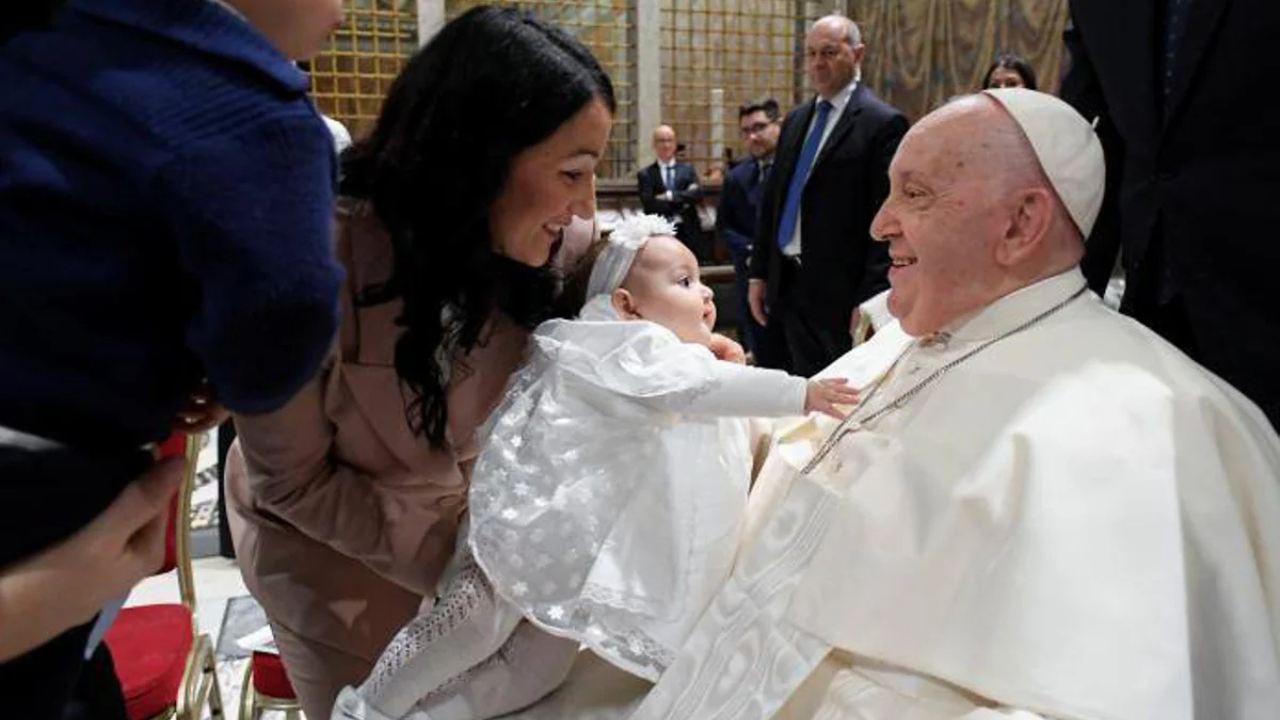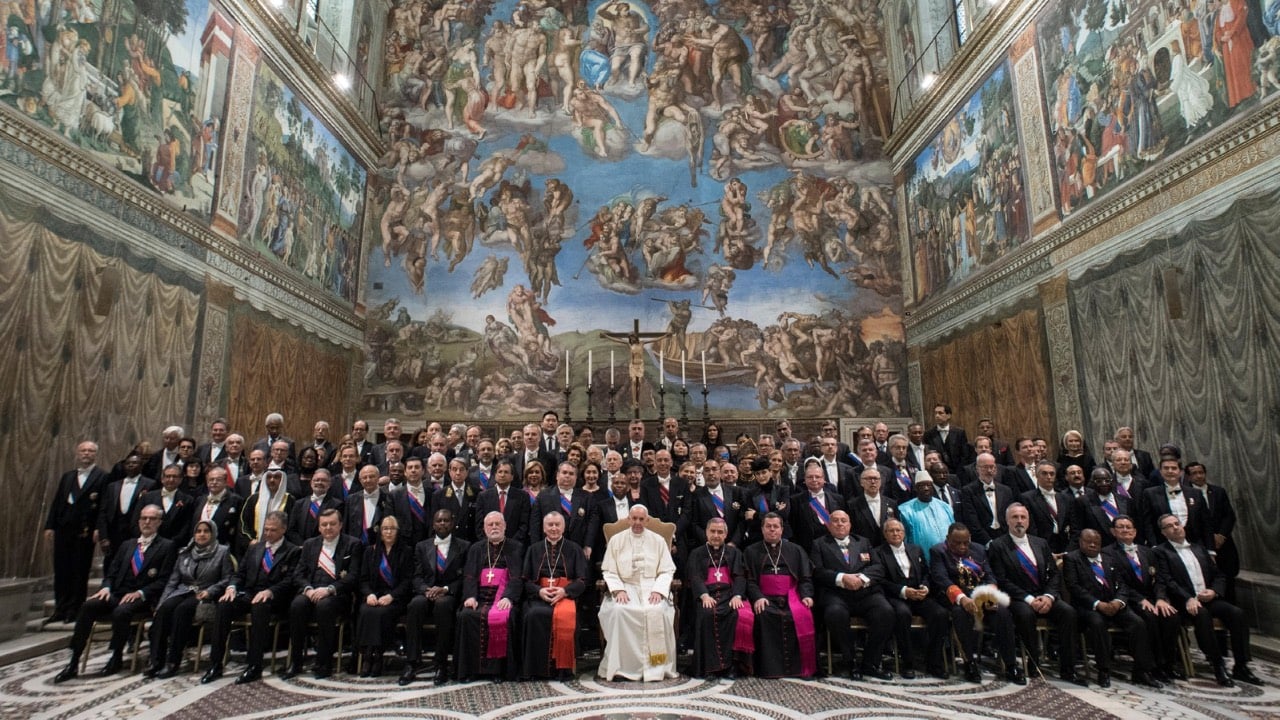You can see the suffering of South Sudan in the face of Nyal Chol Liech Muon, a widow and mother of four.
The country is suffering its highest levels of food insecurity since it declared its independence a decade ago, with many areas cut off from outside resources and six regions at risk of famine. Added to these problems has been a series of tragic floods.
NYAL CHOL LIECH MUON
“I was desperate when the floods came. No one helped me. My husband was killed in the fighting. Everyone in the area fled and I was left alone with my children but I chose to stay behind. The fear of being homeless and my children having to beg for food was greater than my fear of the floods.”
Stories like these are shared by Kavagach Koli, a mother of five young children and also a widow.
KAVAGOCH KOLI
“When the food is finished and the pots are empty, life becomes very hard for us.”
The floods have put an additional 800,000 people in need of humanitarian aid since 2020, raising the total number of those in need of aid to 8.3 million.
One of the organizations working to provide relief is the World Food Programme, a branch of the United Nations.
DAVID BEASLEY
Executive Director, World Food Programme
“This village of about 8,000 people wouldn’t survive if it weren’t for the World Food Programme, and hopefully if we can end the conflict and work with the tribal leaders and the villagers here, then we can build dykes and harvest the water such that we won’t even have to be here again. But right now, they are barely surviving, if we weren’t here, people would be dying; there would be famine right now.”
In addition to the food crisis, instances of fighting throughout the country killed 2,000 people between January and October 2020. In 2019, Pope Francis drew international attention to the situation in South Sudan when he invited the country’s leaders to the Vatican and kissed their feet, asking “from his heart” that they work to bring peace to the world’s youngest country.
Daniel Díaz Vizzi
TR: Justin McLellan
